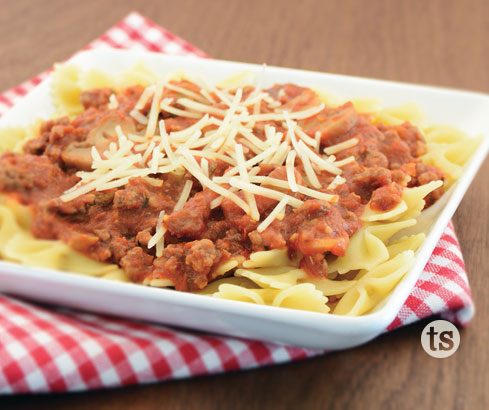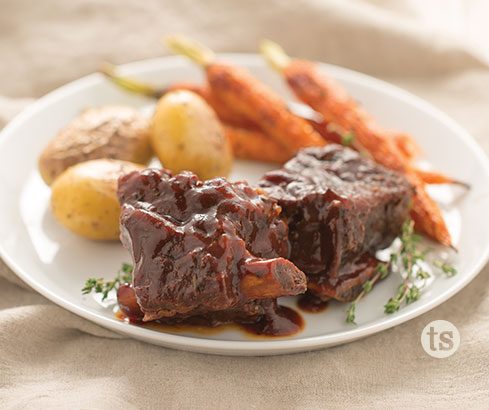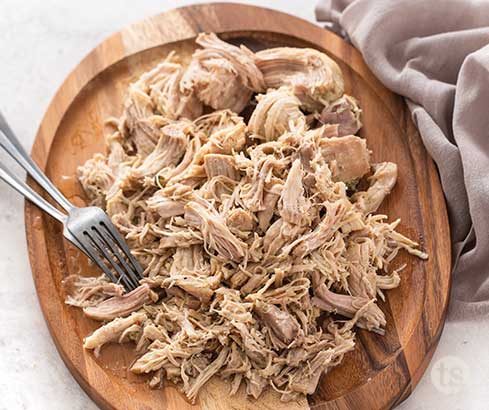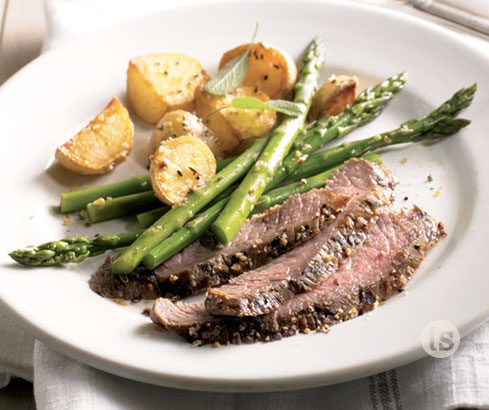Posted by Tastefully Simple on April 12, 2022
My 86-year-old auntie recalls standing over a vat of steaming Mason jars as a teenager and declaring, “I’m going to marry a man who can afford store-bought canned goods!” Little could she know that timeless techniques like home canning and food preservation would continue to be a smart strategy for saving money on groceries right up to the present day.
Modern technology has brought countless conveniences, including those canned foods, frozen ingredients and entrees and pre-cut veggies. Convenience comes at a cost, however, and these days many people are looking for ways to be savvier about saving on meal costs, from batch cooking to coupon clipping.
Looking for some ideas to keep your food budget in check? Consider these:
1. Old-School It. Despite my aunt’s distaste for home canning, “putting up” canned goods and preserves can be cost effective and even fun. Fresh fruits and vegetables from your own garden or local farmers’ market can be enjoyed throughout the year using techniques like canning, dehydrating and pickling. Don’t know where to start? Ask grandma or consult the Internet.
Tip: Take advantage of tomato season by making a large batch of homemade sauce to can or freeze. Try 5-star Pesto Pasta Sauce or Mama Mia Mushroom Pasta Sauce and be ready for pasta night anytime.
2. Find the Sweet Spot. Be careful about reaching for foods that have already been prepped for you. Pre-cut carrot sticks and already peeled boiled eggs may save you a little time, but their higher cost may not be worth it. On the other hand, your time is valuable; you can make marshmallows at home, but do you really want to do so on a regular basis? Balance the value of time saved with the additional cost of heavily processed items.
Tip: “Dump dinners” made in the slow cooker can be great timesavers. One to try: 5-star rated Slow Cooker BBQ Short Ribs.
3. Try Home Shopping First. Quick – do you know what’s in your pantry? Chances are, you’ll find lots of foods and ingredients already on hand to make delicious meals. Check your inventory before you head to the store.
Tip: Keep the pantry stocked with seasonings and sauces like Garlic Garlic™ Seasoning and Honey Teriyaki Sauce. Added to almost any dish, they pack a powerful flavor punch.
4. Look Ahead … a Little. Buying foods like meats in bulk quantity can be a cost-effective practice. But as anyone who has ever pulled a freezer-burned, plastic-wrapped something out of the bottom of the freezer can tell you, it’s not money-smart to buy more than you will use in the foreseeable future.
5. Scan and Plan. When the local grocery ads come out, spend a few minutes perusing the deals. Decide what meals you will prepare for the week ahead around what’s on sale. Write out a full week’s menus, then create a shopping list (remember to check the pantry first!).
Tip: Try batch cooking with versatile recipes like Magic Taco Meat, Magic Pulled Chicken or Magic Pulled Beef. Divide into meal-sized packages for the freezer.
6. Stay Focused at the Store. Keep your list handy and stick to it. Scan the aisles above and below eye level, where the higher-priced brand names are displayed. Store brand or generic products are usually much cheaper and often indistinguishable in taste. Got a weakness for impulse buying? Check into pick-up options, where your pre-selected groceries are ordered and paid for before you get to the store, ready for you to pick up and go.
- Stretch and Save. Make meats go further by stretching ground beef with added breadcrumbs or oatmeal, bulking up stews and chili with chopped veggies, substituting ground turkey for ground beef and selecting cheaper cuts of meat like beef round.
Tip: Marinating can make the chewiest cut of meat delightfully tender. Recipes like Ultimate Flank Steak are a flavorful alternative to tenderloin.
kgm





